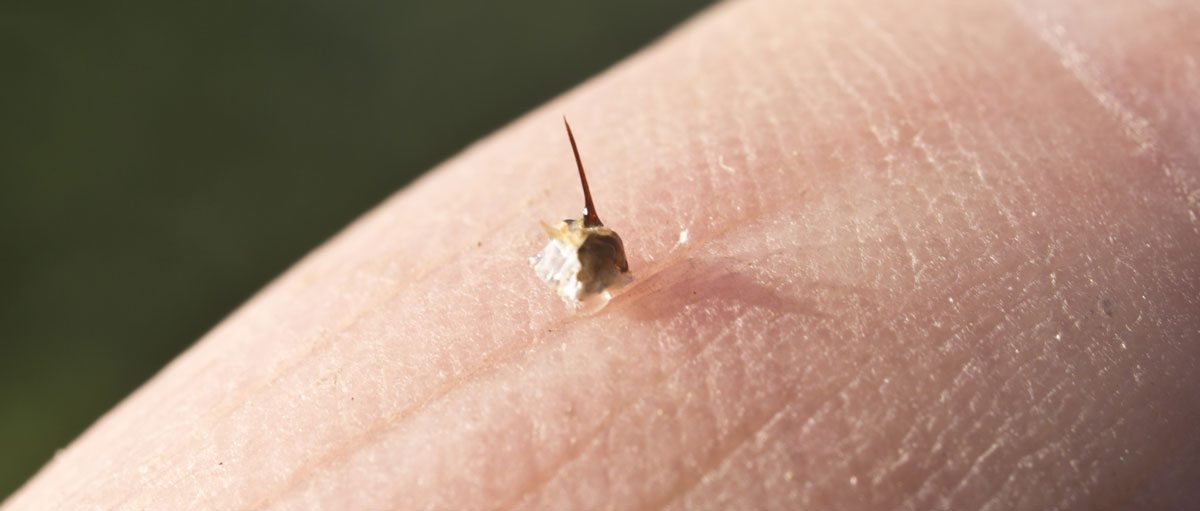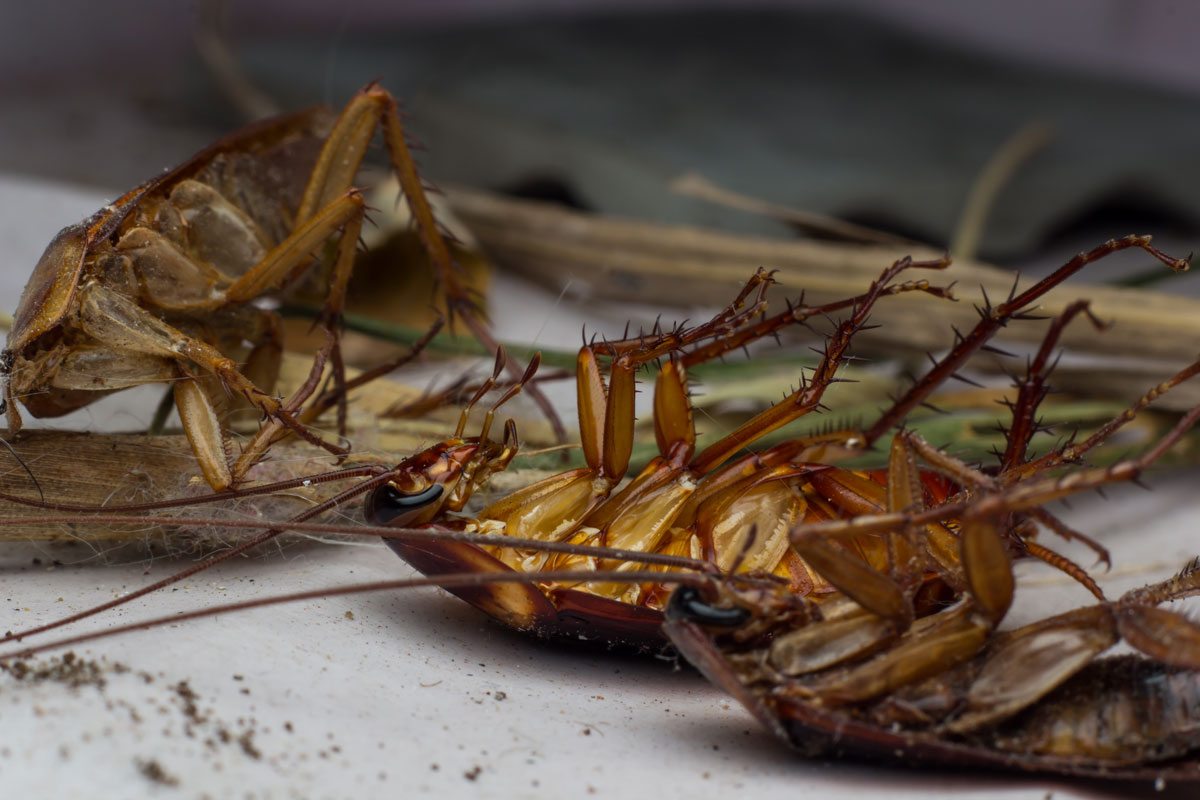In most modern societies there persists a stigma about pests in the home, which can prevent people speaking openly about pest problems. Which is why it’s not surprising that rumors and inaccurate pest control advice are as ubiquitous as cockroaches, and even harder to kill (more on that later). In this post I’m going to talk you through some of the most common pest control myths – and the facts behind them.
Myth #1 – My cat will keep rodents away
Humans have kept cats in their homes for thousands of years, and the use of cats as ‘mousers’ is a staple of popular culture.
But the truth is, for every Tom ready to pounce on Jerry, there’s a scaredy-cat ready to run the other way at the first sound of scurrying. Some cats are not interested in chasing or killing rodents at all. If you have a legendary mouse-killer from a long line of hunters, by all means put your furry friend to work. If you’re trying to persuade a loved one that your home needs a cat, then you can indeed mention that the smell of cats is a mild rodent deterrent. But you can’t just bring home any pampered Siamese or rescue and expect it to keep mice and rats at bay.
Even if your cat does enjoy chasing mice, it’s a cruel and messy method – don’t be surprised if Tiddles takes half an hour to finish off a mouse in your hallway, or proudly drops a decapitated rodent on your pillow. And if you have a rat problem, your beloved pet can pick up some nasty diseases, not to mention the risk of accidentally ingesting rat poison. All in all, the feline method of pest control is not to be relied upon.
Myth #2 – Bed bugs are only in dirty homes
Bed bugs were mostly wiped out in the 1940s, but due to a number of factors including changes in pesticide use and an increase in international travel, they made an unfortunate comeback in the mid-90s. Almost as unfortunate is that the perception that bed bugs live in dirty places has made a comeback too.
This is a particularly harmful myth as it can prevent people affected by bed bugs from getting help right away – and the perceived stigma of a bed bug infestation can add to the common psychological impact bed bugs cause. The truth is, bed bugs don’t care how clean or dirty you are – they only want you for your body heat and your delicious blood.
It’s still a good idea to keep your bedroom tidy, though (listen up, college students!) – cluttered surfaces will offer lots of warm places for those bugs to hide.
#3 – Bees only sting once
The good news: this is partly true. Worker honey bees have barbed stingers, so if they sting a creature with a thick skin – like you, me or any other mammal – then they will lose the stinger when they try pulling it out, and they won’t live to sting again.

The bad news: all of that only applies to worker honey bees. Queen honey bees, bumblebees and many other kinds of bee have smooth, barb-less stingers, so they can sting their way around a garden party with abandon.
#4 – You can’t have carpenter ants AND termites
Carpenter ants are often mistaken for termites, so it’s important to be sure which you’re dealing with in order to understand what has caused the infestation and to treat it effectively.
One big difference between the two insects is that termites eat wood, while carpenter ants don’t. In fact, one thing carpenter ants like to eat is…termites! Because of this, there’s a tricky myth that you can’t possibly have both kinds of infestation at once because your friendly neighborhood carpenter ants will gobble up all those pesky termites. But many homeowners, pest control professionals, and construction workers have seen plenty of evidence to the contrary. Like all ants, carpenter ants have a varied diet, and may inhabit different spaces and structures from termites in your home. Don’t assume that the two species cannot coexist.
#5 – Treating one home will cause the pests to move to another
If a pest control van pulls up outside your neighbor’s home, you should indeed check your own property for infestation – because it might already be there.
The truth is, pests are more likely to spread to one property from another if it hasn’t been treated, leaving the vermin to increase in numbers and move freely.
It’s worth noting, however, that DIY pest treatment such as bug bombs can indeed simply drive pests from one part of a property to another. To ensure that the pests are eradicated completely, it’s always best to contact a professional.
#6 – Cockroaches can survive a nuclear blast
It’s compelling, if depressing, to believe that if a nuclear blast wiped out most of the planet’s life forms, the only survivors would be cockroaches and invitations to play Candy Crush. But it is, of course, not true.
For one thing, the explosion itself would destroy any cockroaches unfortunate enough to be within a few miles – an insect that can be killed by a skilfully placed heavy foot is unlikely to live through a megaton blast.

And while it is true that cockroaches can withstand ionizing radiation better than humans can, they’re by no means immune. Research has demonstrated that the level of radiation 15 miles from Hiroshima, immediately after that bomb was dropped, would probably have been sufficient to prevent affected cockroaches from reproducing; at ten times that level, no adult cockroach would be able to survive.
These are just a few of the most prevalent pest myths out there – please share the facts behind the myths. Promoting accurate, useful information about pest control is an important way to make sure everyone knows how to keep their homes and communities safe, hygienic and pest-free.

